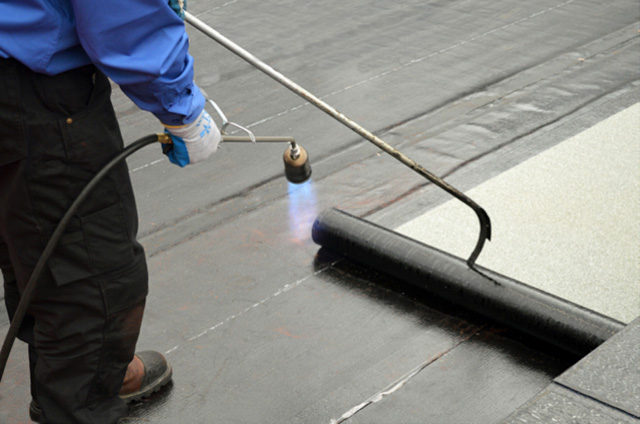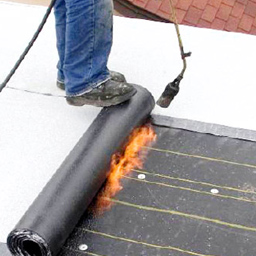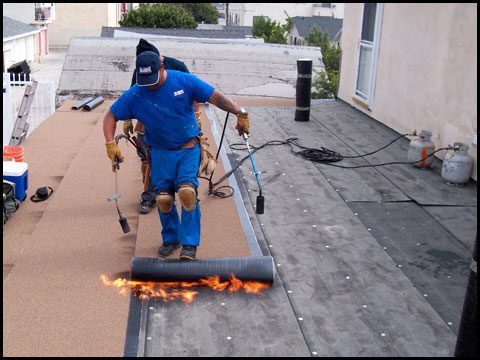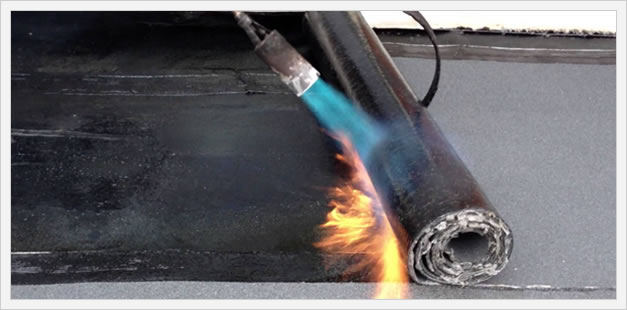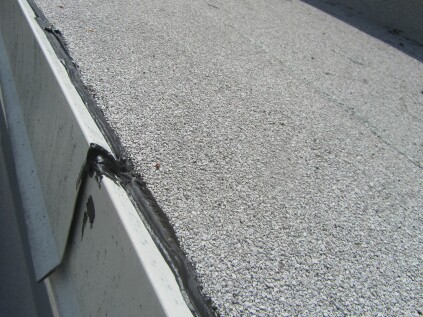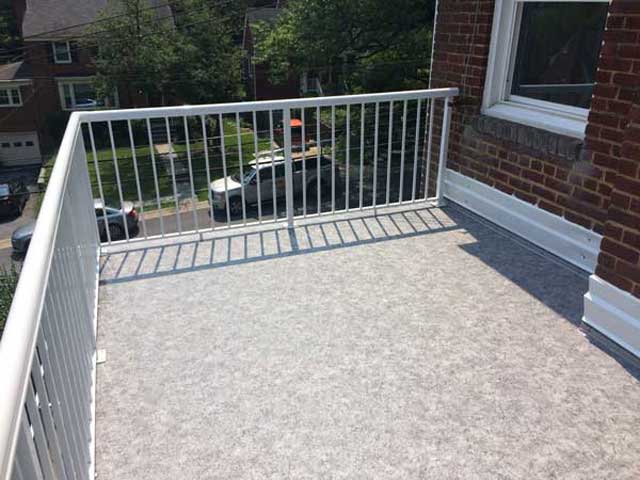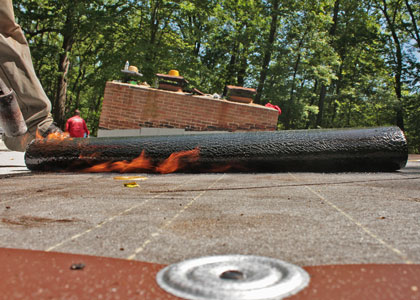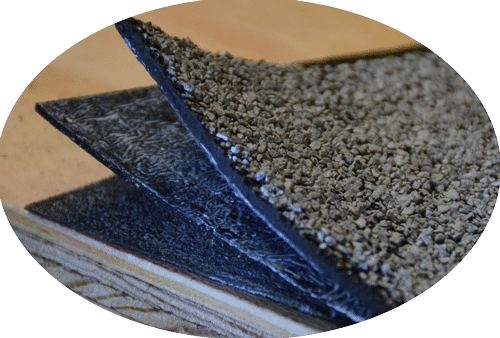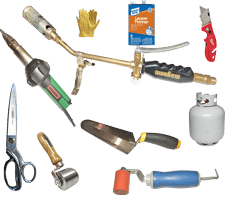Torch Down Rubber Roofing Rolls
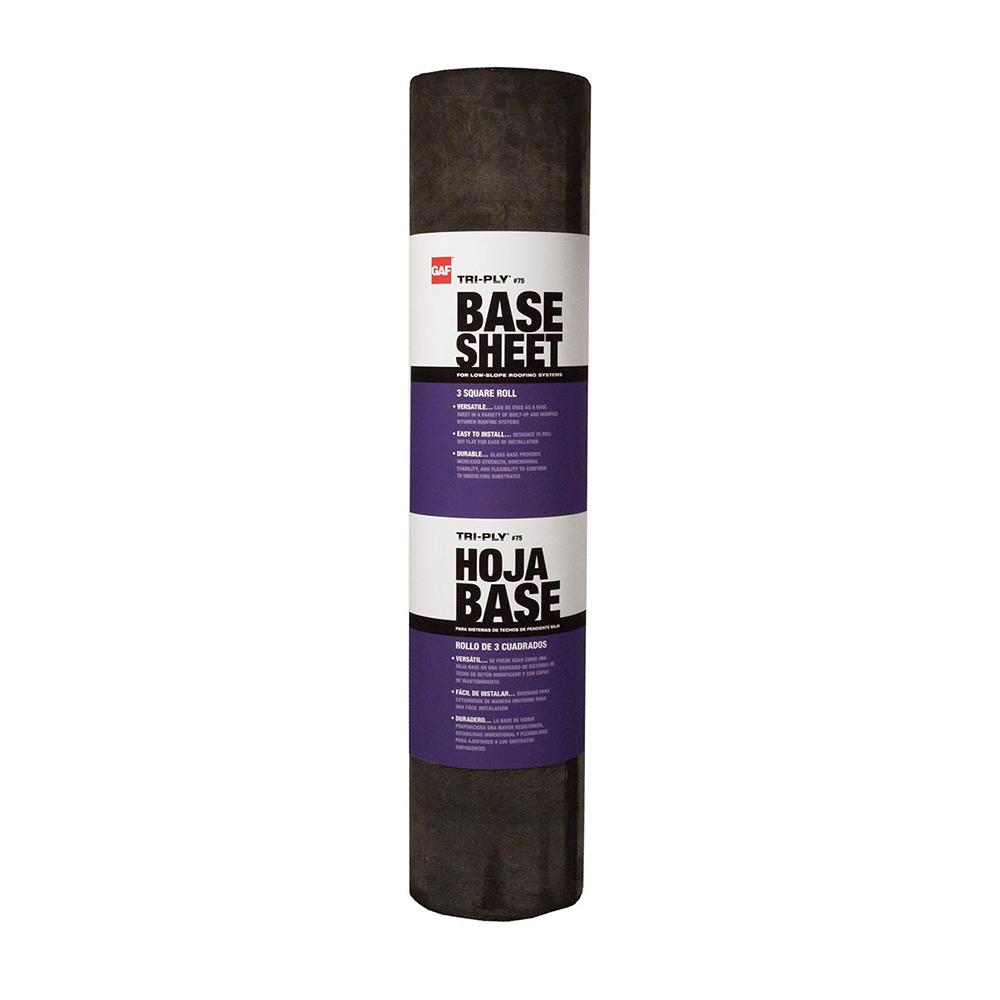
There are two different types of torch down roofing systems.
Torch down rubber roofing rolls. Torch down roofing is a type of roofing material that has been designed for low angle or flat roofs. Gaf smooth app modified bitumen membrane rolled roofing in black is designed for torch down application. Net membrane roll for low slope roofs 3687000 the home depot. The membrane is available with a smooth surface.
A two layer torch down roof consists of one base sheet and one smooth cap sheet. Click to add item epdm rubber roofing contact adhesive 5 gallon to the compare list. Asphalt roll roofing peel and stick roofing torch down roofing flat roof brown roll roofing roofing materials. Gaf tri ply app smooth modified bitumen 3 ft.
Installing the torch down roofing involves flames and melted asphalt. The first polymer used for this purpose is atactic polypropylene app which is a form of plastic not rubber. Also cover up with long sleeved clothing to reduce the chances of an accident. Choose heat resistant gloves and boots made of a material like kevlar.
A three layer torch down roof features the same base and cap sheets as well as an additional cap sheet with a granulated surface. Two layer and three layer torch down roof systems. Coverage to the compare list. Two layer torch down roofing may cost less.
Ft sbs self adhering cap sheet roll for low slope roofing in black. Coverage to the compare list. Click to add item edilflex smooth app torch down roofing 100 sq. Strong and resilient membrane for durability.
Owens corning deckseal sa sbs cap 39 375 ft w x 32 833 ft l 100 sq ft shasta white roll roofing. Manufacturing torch down roofing requires modifying or mixing the bitumen with a polymer. Its core is a strong resilient non woven polyester mat that is coated with weather resistant app polymer modified asphalt. While it can last up to 20 years installing torch down roofing can be a dangerous process and as such tends to cost more than traditional roofing materials.
App torch down roofing membranes are flexible and respond well to both heating and cooling.
